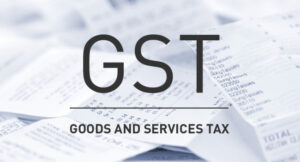
Optimistic Growth for MSMEs
Since the Indian economy is estimated to grow at seven-point-two percent in FY25, Manish Kothari, who is the Head of Commercial Banking, at Kotak Mahindra Bank, has postulated that there are various growth prospects in the firms under the MSME segment. This is a good chance for banks to increase the size of lending activities.
Challenges in Accessing Credit
However, access to formal credit remains a major issue for most MSMEs even though they have the potential to grow. The majority of the MSMEs are unregistered and a large number of small businesses have no entry into the credit market. On this, Kothari felt that it was time for banks to come up with out-of-the-box solutions to the above challenges.
Kotak’s MSME Lending Strategy
Kotak Mahindra Bank targets the entire MSME segment across various turnover ranges through three business verticals: The following business segments: Consumer Bank WC (Secured), Business Comm, SME, and Agri-SME within the Agri Division. With a lending book size of over Rs seventy-five thousand crore, it seeks credit growth of one point five to two times in this segment.
Implication of the Role of MSMEs to the Economy
From the article, Kothari emphasizes that MSMEs account for nearly thirty percent of India’s GDP, around forty percent of the manufacturing GVA, and over forty-five percent of Indian exports. But, out of the total 6. 3 crore MSME units, only 40% of units avail of formal credit facility mainly because of their non-registered status and inadequate capital.
Innovative Banking Solutions
To overcome these challenges, Kotak Mahindra Bank has envisioned new products like cash flow-backed lending associated with the corporate value chain, financing against receivables with the help of easily available GST data, and co-lending with fintech firms. These strategies are designed to address only partly the dangers of lending to MSMEs.
Holistic Banking Relationships
The approach that Kotak has adopted in MSME lending is to form long-term banking relationships with the customers, which includes both the asset and liability side. This all-inclusive perspective of customers helps the bank to sell not only one product but to be able to make quick and versatile choices. Kothari further notes how the current MSMEs can grow up to become mid-sized and large corporates, and that therefore, a ‘relationship-based’ strategy is good for the long-term.
![]()



